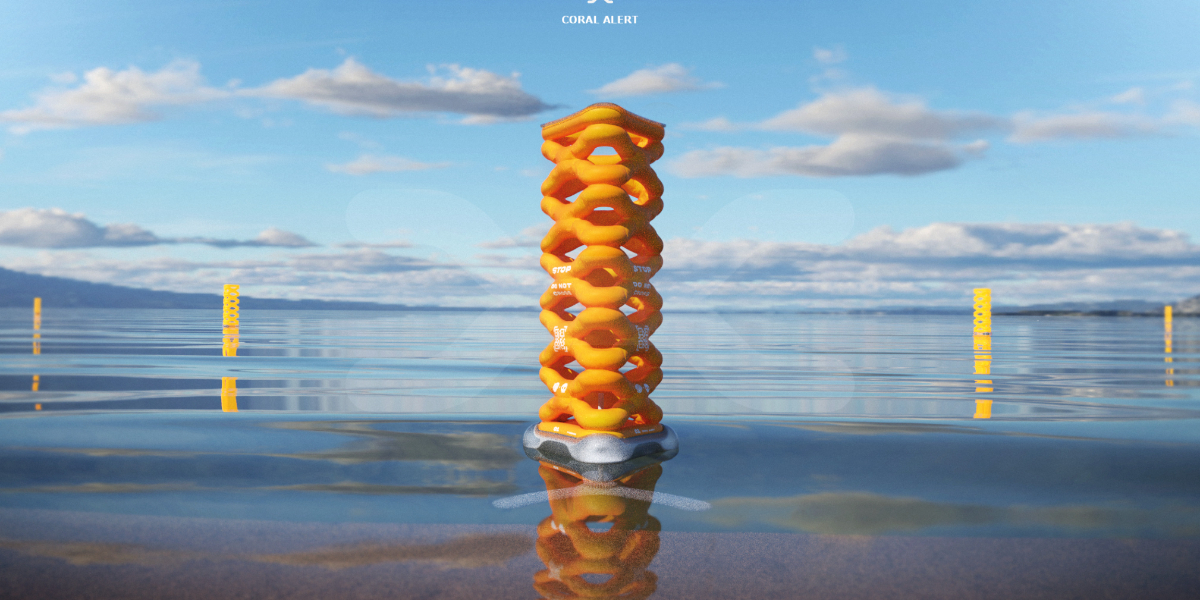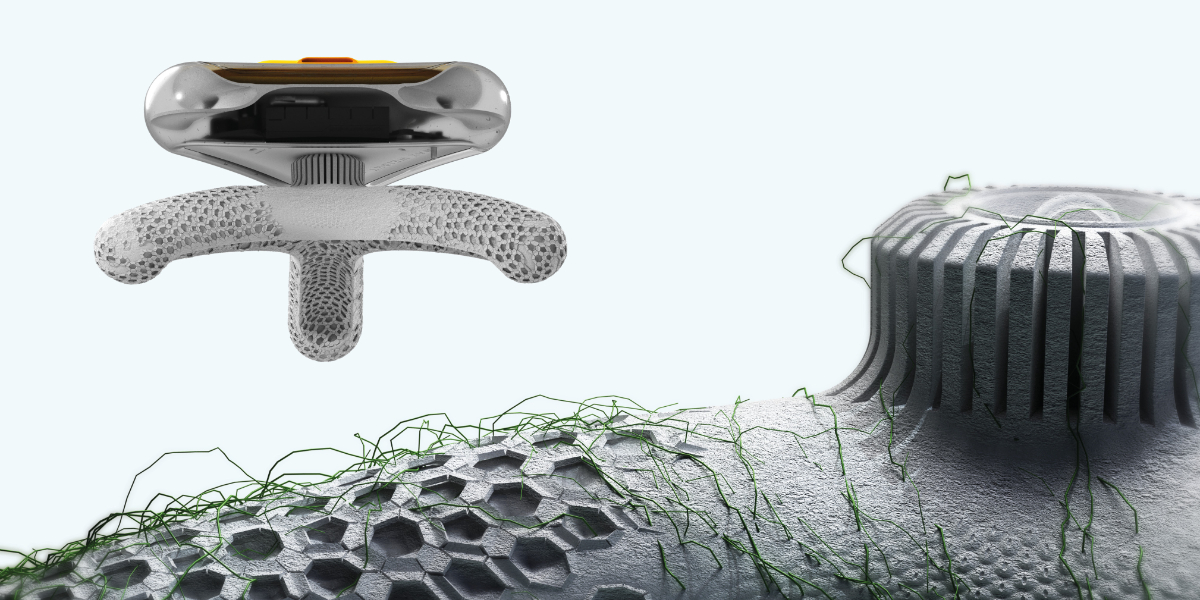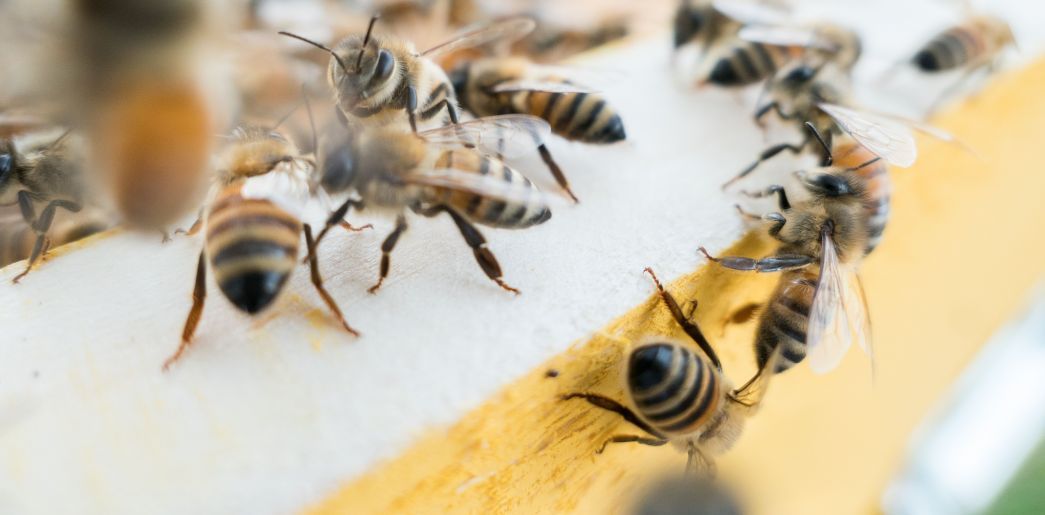AWARD YEAR
2023
CATEGORY
Community
GOALS
Climate Action, Life Below Water
KEYWORDS
Coral, oceans, sea
COUNTRY
France
DESIGNED BY
Lucas Hippolyte, Perrine Payen, Elise Deffayet & Zijie Mok
WEBSITE
https://www.behance.net/gallery/146673259/coral-alert
Coral Alert
Coral Alert, a monitoring buoy at coral reefs, collects data and protects reefs from damages done by
How does it work?
Coral Alert can be placed in specific locations in the reefs. The Buoy would start collecting data and monitoring at the reefs and will remain operational with the help of wave current generators inside of the buoy. Coral Alert would be held down by weights. Made with Calcium Carbonate, a material similar to corals, acts like habitats for marine organisms. To ensure that the natural scenery is not compromised. The Buoy would be hidden underwater when things are going smoothly. However, if it sense damage from the tourist, it is alerted to float to the top and deploying its float barrier. The Buoys would work together to form a visible barrier, indicating no entry to specific affected regions. The number of days the buoys would be up, would be determined by how severe the issues are. In general, we want to give enough time for the coral reefs and its ecosystem to natural get back to its stable conditions.
Why is it needed?
Coral reefs takes up 0.1% of the worlds oceans but is home to 50% of marine diversity and supports over a billion dollars of the worlds economy. However, Reefs are threatened and by 2050, 90% of all reefs in the world will disappear. Being guided by experts like blue lab at Nausicca and coral guardians, we found that awareness and prevention is the key to long term coral reef survival. We also decided to focus on unsustainable tourism which holds a serious impact to corals. From this we need to find the balance between the impacts of tourist at reefs but still allowing the tourism economy to continue.
How does it improve life?
Currently, there are no solutions that deals with data collecting, visual prevention and awareness at the same time for tourist. By also dealing with the issues before the need for restoration, we cut down on both the time and effort it takes to fix the problem. Additionally, as many solutions focuses on short term minor improvements, we wanted to look at long term awareness, sustainability of tourist and prevention at reefs. This would create a more healthy relationship with humans and corals in the long run, allowing the natural diversity of reefs to grow for many years to come.





